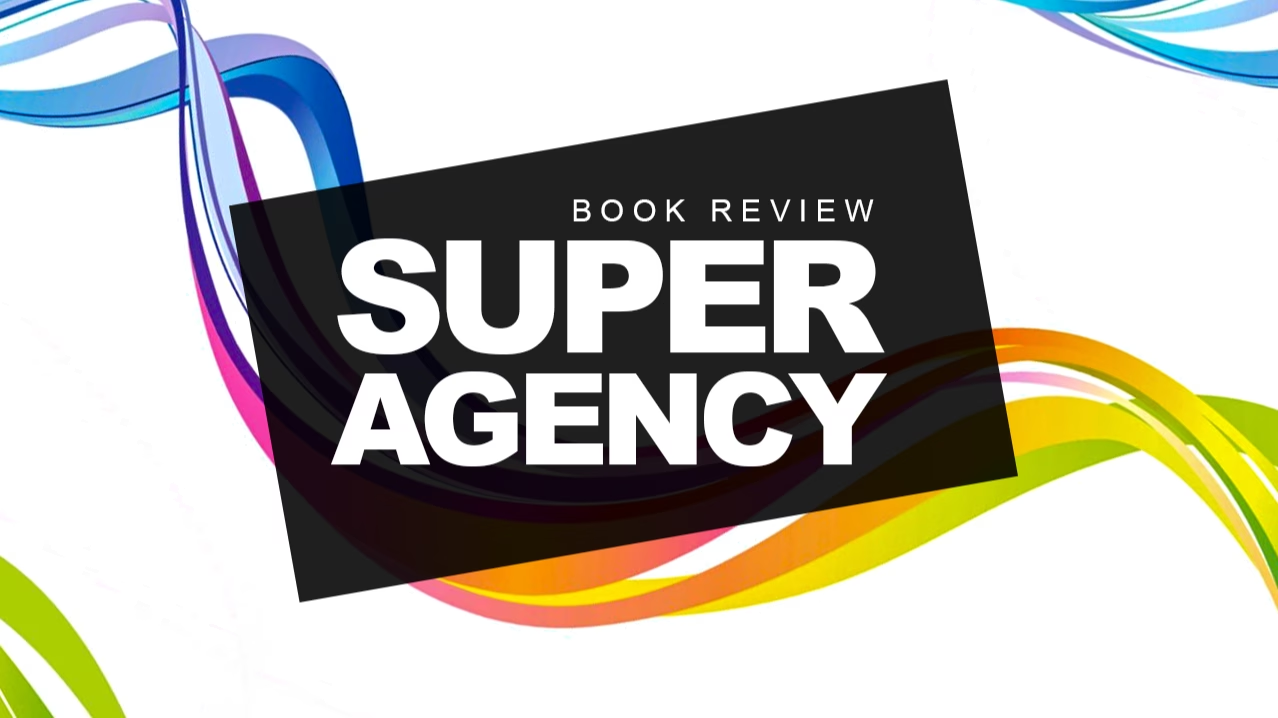When I read Superagency by Reid Hoffman and Greg Beato, recommended by Bill Gates, I hoped to glimpse beyond the hype surrounding AI. Everyone discusses AI in terms of job replacement or industry transformation, but what about its role in everyday businesses where people collaborate with people?
Think about retail stores, logistics, manufacturing, call centers, marketing teams, banks, and healthcare. AI is not limited to big tech enterprises. It has the potential to double employee productivity right now. So why aren’t most businesses leveraging it?
AI Isn’t Just for IT—It Should Be in Every Employee’s Hands
Many companies still perceive AI as a tool exclusive to tech teams, but this is a misconception. Every employee can benefit from AI:
- An AI assistant to handle routine work.
- An AI research tool to find information fast.
- An AI decision tool to give better recommendations.
Picture a store manager who no longer spends hours on schedules because AI completes them in minutes, or a marketing team that bypasses weeks of research because AI identifies trends in seconds. This isn’t futuristic. The technology already exists.
Unfortunately, many businesses still operate in traditional ways—not due to AI’s unavailability but because it isn’t integrated into daily work.
Employees Fear AI! Because Businesses Aren’t Using It Right
The term “AI” often conjures images of job cuts, and unfortunately, that is sometimes the reality. However, Superagency highlights that AI is most effective when it assists employees rather than replaces them.
Bad AI Use:
- Replacing customer service reps with ineffective chatbots.
- Cutting jobs before AI proves its capability.
- Forcing employees to compete against AI rather than collaborate.
Good AI Use:
- Allowing AI to manage repetitive tasks, freeing employees to handle real challenges.
- Training employees to collaborate with AI, enhancing their skills and value.
- Providing AI tools to all workers, not just leadership or IT.
The fear isn’t of AI itself but rather its misuse by businesses. Those that leverage AI to augment employee capabilities will retain top talent. Companies that don’t will find themselves losing their best people.
Managers Might Be Blocking AI! Without Realizing It
While executives want AI and employees are intrigued by it, middle managers often inadvertently hinder progress.
Why? Because AI can automate the reports, approvals, and schedules that managers handle daily. It empowers employees to work more independently, reducing managerial control, and changes decision-making processes, which can make managers feel vulnerable.
It’s not resistance to AI itself. It’s uncertainty about their role if AI manages half of their tasks. The leading companies will train managers to utilize AI for enhanced leadership, moving them beyond mere administrative tasks. Those that don’t may find managers blocking AI out of fear of losing control.
Businesses Keep Waiting! But AI Won’t Wait for Them
Some companies are hesitant about AI because they haven’t yet seen its value. They’re waiting for competitors to test it first or simply don’t know how to begin. Meanwhile, forward-thinking companies are already experimenting with AI to accelerate decision-making, eliminate wasted time, and empower employees to achieve more.
Waiting doesn’t halt AI. It merely places these businesses at a disadvantage.
The Real Question: Helping or Replacing?
Businesses face a critical choice. Will they:
- Provide AI to enhance employee job performance?
- Ignore AI and risk competitors moving ahead?
AI won’t replace workers. But it distinguishes between those who use AI and those who do not. Companies using AI correctly are already proving its value by fostering growth and improving efficiency. Those hesitant to embrace AI may soon find themselves left behind.
Conclusion
The often-heard prediction that AI will take over jobs overlooks how it can act as a powerful partner in enhancing human capabilities. Employees, managers, and executives who integrate AI into their operations will thrive. The real challenge lies in changing perceptions to see AI as an ally rather than a threat.
Are firms using AI effectively, or are they still holding back? It’s time for businesses to explore how AI can integrate into and elevate every level of their workforce. The path forward is clear: embrace AI not to replace, but to empower.
